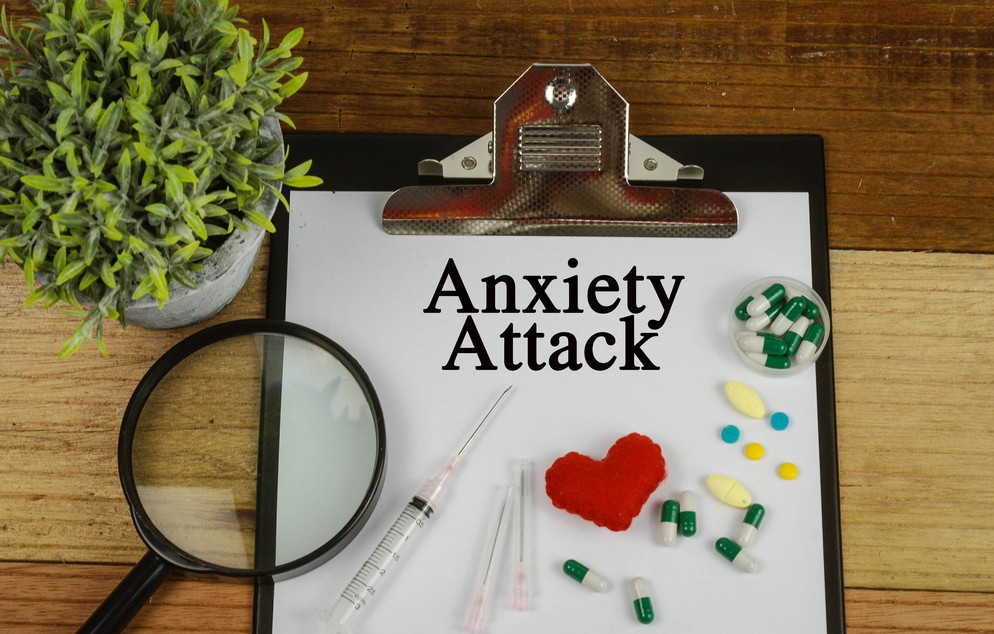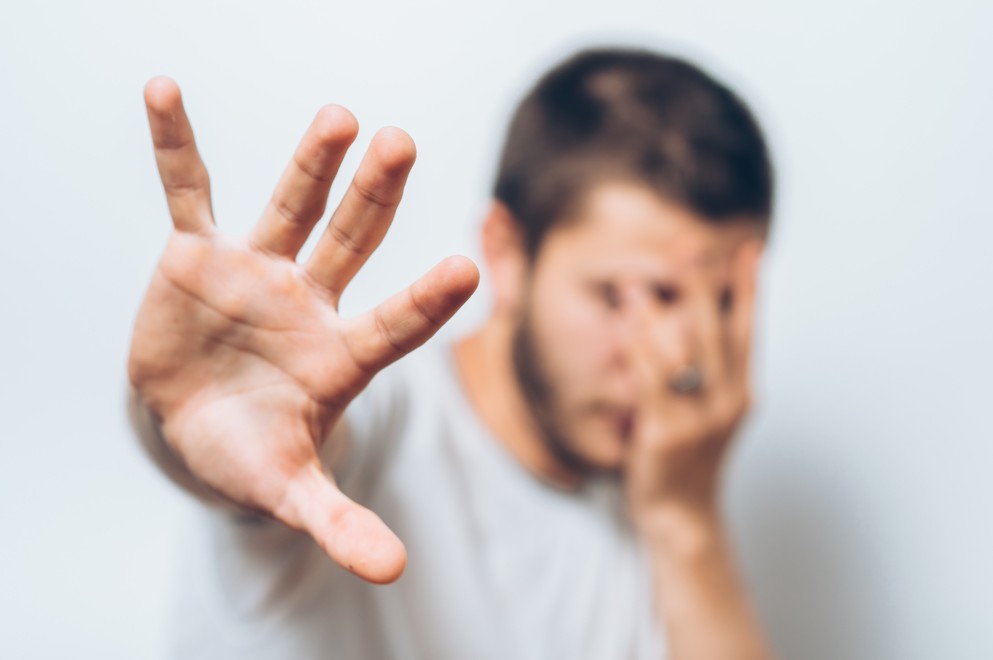Depression and Anxiety
How to Overcome Anxiety: Causes, Symptoms, and Effective Treatment Strategies
Discover the difference between fear and anxiety, common triggers, and how CBT therapy and gradual exposure can help you break free from the cycle of panic and worry.
 Psychotherapist Merav Lavi
Psychotherapist Merav LaviChances are you know at least one person (or more) who’s terrified of dogs and gets overwhelmed the moment a dog appears at the end of the street. Maybe you've seen someone step into a room and immediately ask to open a window because they feel like they "can't breathe." Perhaps you've met someone who refuses to take the elevator- even to the 50th floor- or someone who will never set foot on a plane.
“Anxiety is the most common issue among healthy, functioning people,” says Merav Lavi, a couples therapist and psychotherapist. “According to the data, 12% of the population will experience social anxiety at least once in their lives, making it the fourth most common mental disorder. It’s also important to know that 50–60% of people with anxiety disorders also suffer from depression. The two often go hand in hand.”
Most of us have experienced some fear at some point. At times it paralyzed us, and at others, we were able to push through. When does anxiety become a problem?
“Anxiety and fear are not the same,” Merav explains. “We feel fear in our hearts, but anxiety shows up in our bodies. The part of the brain responsible for that is the amygdala- our alarm system in moments of real danger, triggering symptoms such as trembling, rapid heartbeat, and high blood pressure. These responses help us fight or escape threats. That’s a good thing, unless the amygdala sounds a false alarm, and the body prepares for danger that isn’t actually there. Like a smoke detector going off when all you’re doing is grilling meat on the stove, there's no real danger, and the alarm creates unnecessary stress.”
 (Photo: shutterstock)
(Photo: shutterstock)By way of analogy: “If you pluck a loose guitar string, you’ll hear a faint sound. But if it’s stretched tightly on a guitar, even the slightest touch will produce a loud tone. The string is our fear, and the guitar body is our thoughts. A person who feels a bit of fear and thinks, ‘That’s okay, it’ll pass,’ will calm down. But someone who interprets that fear as a threat- ‘My heart is racing, I must be having a heart attack!’- will only escalate their anxiety. They may feel like they’re dying, losing control, or going insane. People who fear fear itself become stuck in a vicious cycle, avoiding places or situations they associate with anxiety. This avoidance reinforces the belief that they can’t cope, and the anxiety only grows stronger.”
What types of anxiety show up in therapy?
“Anxiety is a broad term that includes many subtypes,” Merav explains. “There’s PTSD, which stems from trauma or life-threatening events, social anxiety, where people fear being judged or looking foolish, specific phobias like fear of dogs, fear of blood, etc. and also generalized anxiety disorder (GAD), where a person constantly worries that something bad will happen. For example, a mother may worry excessively about her children to the extent that she won’t allow them to go on trips or will call them repeatedly. In her mind, the worrying itself is what keeps them safe.”
 (Photo: shutterstock)
(Photo: shutterstock)Treating Anxiety: Do You Always Need Therapy?
“Not necessarily,” Merav clarifies. “There’s a rule: If the car is running fine, don’t open the hood. If the fear doesn’t interfere with your daily life, there’s no need to treat it. For example, if someone is afraid of dogs but lives in a dog-free area, it doesn’t impact her. But if her downstairs neighbor has a large dog and she avoids leaving her apartment because of it, then it’s clearly interfering with her life and should be treated before it leads to more avoidance.”
When treatment is necessary, today’s go-to approach is CBT (Cognitive Behavioral Therapy) which is a short-term, effective method.
“The main advantage of CBT is that it’s brief and offers long-term results,” she explains. “It’s focused on the here and now. The key is to gradually expose the person to the anxiety trigger while challenging the fearful thoughts. People learn that they don’t actually need to fear fear itself, because even if they do nothing to stop the anxiety, it will subside on its own.”
The Process of Exposure Therapy
“Together with the therapist, the patient builds a hierarchy of fear- from the least scary scenario to the most frightening. For someone afraid of elevators, for instance, the bottom of the list might be ‘riding a glass elevator two floors with someone else,’ and the top might be ‘riding a sealed elevator to the 50th floor.’ The patient then gradually faces the lower-level challenges, with support, and works up the list.”
Merav notes that clear explanation is key. “One of the most important elements in CBT is explaining the purpose of each step. When patients understand why they’re doing something, they’re more willing to stick with it, even when it’s difficult.”
 (Photo: shutterstock)
(Photo: shutterstock)What About Medication?
“Sometimes medication is appropriate,” Merav says. “In such cases, we may use short-term anti-anxiety medications or SSRIs (a common class of antidepressants). But we emphasize that this is just one step in the process. The goal is always to reduce and eventually stop medication, so the patient learns that they don’t need to fear the fear itself.”
Can You Really Be Cured of Anxiety?
“Absolutely,” Merav assures. “Success rates are very high, and what’s especially encouraging is that the results tend to stick. The effectiveness of CBT remains even after treatment ends, making it possible to return to a full, joyful life, free from the grip of anxiety.”

